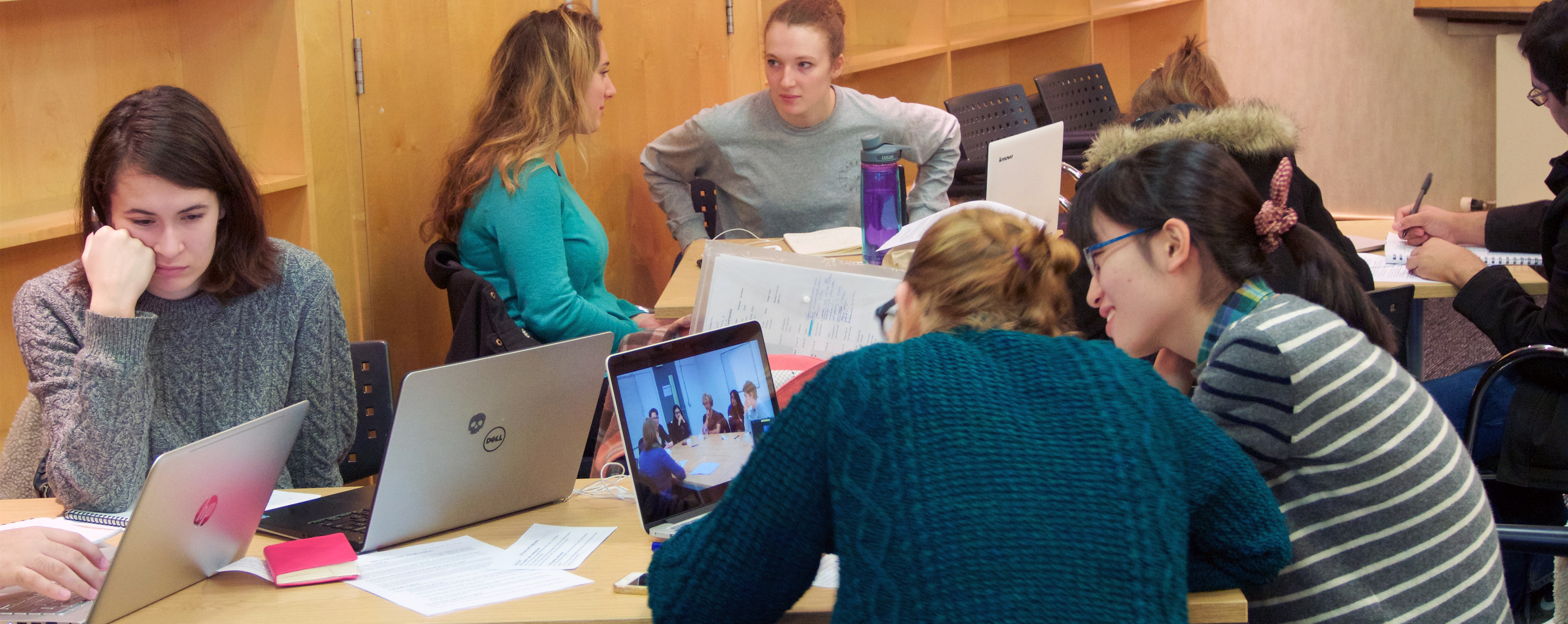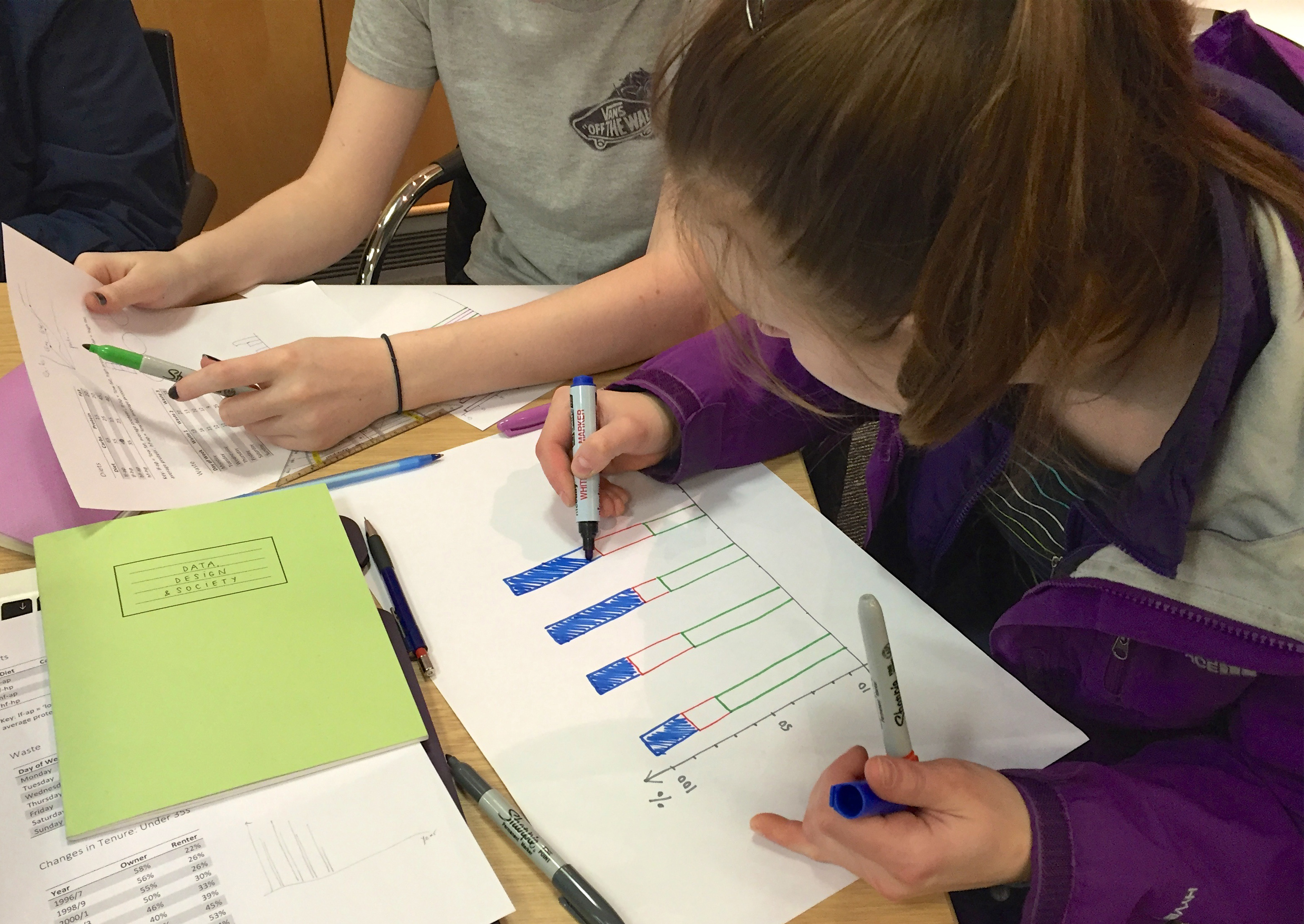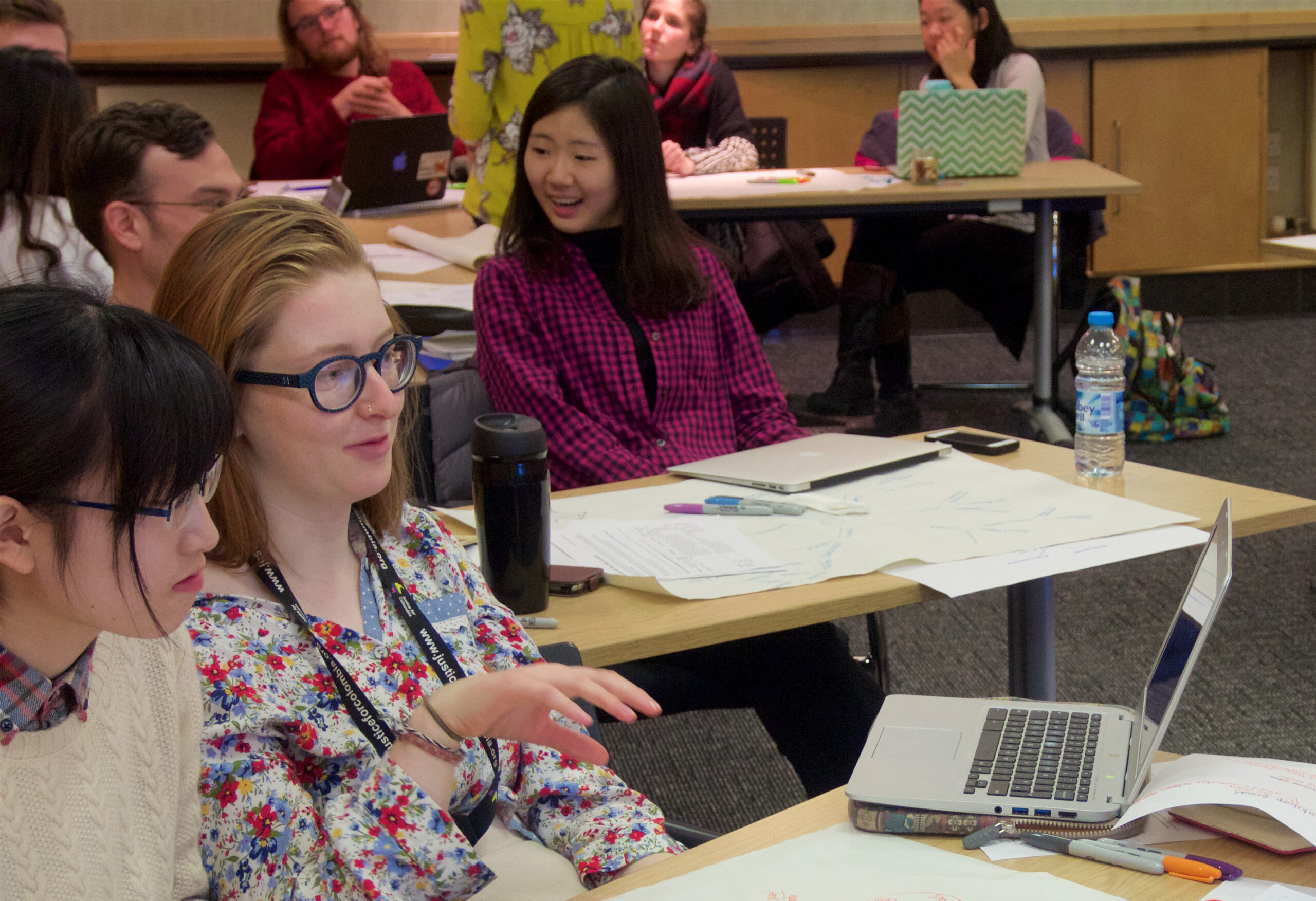 Delivering an interdisciplinary course is a complex challenge — ideally the learning is co-produced by both teachers and students, but getting the balance right is difficult. Just dropping lecturers with different backgrounds into the syllabus can result in a series of disconnected presentations which pushes all the work of constructing a coherent whole onto the students. On the other hand, the expense of several lecturers developing and delivering a course which brings together the perspectives and expertise of different disciplines is hard to reconcile with standard models for resourcing teaching.
Delivering an interdisciplinary course is a complex challenge — ideally the learning is co-produced by both teachers and students, but getting the balance right is difficult. Just dropping lecturers with different backgrounds into the syllabus can result in a series of disconnected presentations which pushes all the work of constructing a coherent whole onto the students. On the other hand, the expense of several lecturers developing and delivering a course which brings together the perspectives and expertise of different disciplines is hard to reconcile with standard models for resourcing teaching.
By contrast, it ought to be possible to assemble a cohort of students with diverse disciplinary backgrounds, and indeed this is relatively easy to achieve in Masters-level courses. A case in point, which I’ll return to shortly, is Design Informatics, a degree that intentionally brings in students with backgrounds in design and in computing. However, at pre-Honours level, timetabling clashes between different degrees make it harder to fashion courses that rely on some interdisciplinary mixing of students.
Together with colleagues Arno Verhoeven and James Stewart, I have been involved in two initiatives that engage with these challenges. Our first stab involved Design for Informatics (D4I), one of the courses offered by the School of Design as part of the Design Informatics MA. Our collaboration arose out efforts to build momentum in Edinburgh Living Lab by setting teams of students to work on ‘wicked problems’ within the city in collaboration with the Council and the Neighbourhood Partnerships. Development of the course was generously supported by a PTAS grant, and a crucial ingredient was the three of us working ‘under the radar’ to jointly craft and deliver a course that combined ideas and methods from participatory design, qualitative social science and data analysis.

Once we had developed a formula that had been worked through two iterations for Masters students with some success, we asked ourselves whether it would be possible to adapt the approach to work for pre-Honours teaching. Of course, the only way to get an answer was to actually do this through launching a new course, and this was the genesis of Data, Design and Society (DDS), a 20-point level 8 course offered for the first time in 2015/16 by the School of Informatics.
Like D4I, DDS adopted a ‘learning by developing’ pedagogic model in which interdisciplinary teams of students collaborated on a semester-long project which addressed a practical problem. Alyssa Alcorn (the course Teaching Assistant) and I worked hard to refine the structure of D4I and to give more explicit guidance to students on how to progress from one phase of work to the next. Since we were somewhat apprehensive (in retrospect, unjustifiably) about letting teams of undergraduates run riot in the city, we decided to focus on an issue that could be researched within the confines of the University and chose Food and Sustainability as the challenge. This choice was strongly supported by contributions from Alexis Heeren and Alan Peddie of Social Responsibility and Sustainability, and we also benefited from the overseas development perspective of Cat Magill.

There isn’t space here to describe in detail how Alyssa and I ran the course, but both we and the 30 students enjoyed ourselves immensely. Students were particularly appreciative of the group aspect of the course and felt they had gained important skills:
Through working on this project during this past semester, I have gained a greater appreciation for the value of collective input. I could not have done this project as effectively or as thoroughly on my own in the time available.
During our research we have come across barriers or phases where we were stuck – mainly because we did not truly understand what our next step was supposed to be or how we were meant to proceed. However, sitting at a table together and just brainstorming, sharing ideas and looking for ways to make our project a success has proven the most effective method of working for us. We have learnt to listen to each other’s ideas and be receptive to different viewpoints.
This project was made especially successful due to the effort of the team putting it together, and the multidisciplinary lens which made the work more dynamic and effective.
About half of the cohort were visiting/exchange students, and the remainder were drawn from degrees in Geosciences, Informatics, Psychology, Sustainable Development, Divinity, Economics, German, Maths, Cognitive Science, Philosophy and Social Anthropology. Following the current D4I model, we held two 2-hour sessions per week and were very fortunate that the University Timetabling unit made it possible to locate most of the sessions in the flexible studio-style space of Room 1.203 (the old IAD ‘Resource Room’), 7 Bristo Square. Perhaps the most rewarding part of the experience was that we always built in a large component of group work and student-led interaction to most classes. In contrast to the classical lecture approach, this provided space for unplannned, unpredictable and creative learning to occur — trusting to this process was sometimes a bit nerve-wracking but always rewarding!



